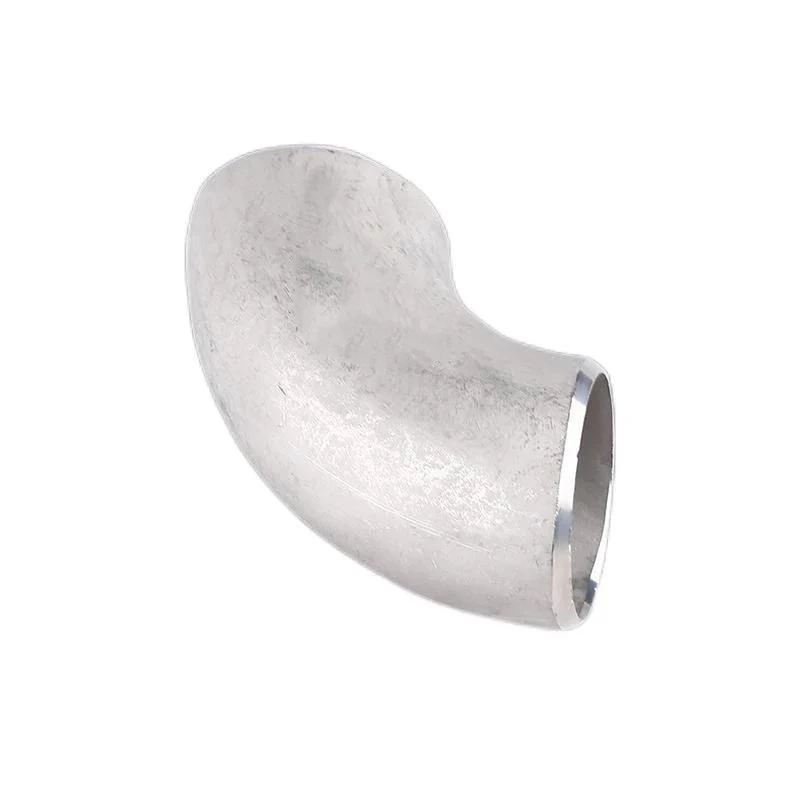How To Identify The Authenticity Of Stainless Steel Elbows
Stainless Steel Weld Elbow Steel suitable for corrosion by weak corrosive media such as air, steam, water and chemically corrosive media such as acid, alkali and salt is also called stainless steel. In practical applications, steel that is not afraid of weak corrosive media is often called stainless steel, while steel that is not afraid of chemical media is called acid-resistant steel. Due to the difference in chemical composition between the two, the former is not afraid of chemical media corrosion, while the latter is generally stainless. The following is a method for identifying the authenticity of stainless steel elbows, as follows:
1. Magnetic test: Magnetic test is a simple method to distinguish annealed austenitic stainless steel from ferritic stainless steel. Austenitic stainless steel is non-magnetic steel, but it will have a slight magnetism after cold working under high pressure; while pure chromium steel and low alloy steel are both strong magnetic steels.
2. Nitric acid point test: An obvious feature of stainless steel elbows is that they are inherently not afraid of corrosion by concentrated nitric acid and dilute nitric acid. This property makes it easy to distinguish from most other metals or alloys. However, high-carbon 420 and 440 steels are slightly corroded during the nitric acid point test. Nonferrous metals will be corroded immediately when encountering concentrated nitric acid. Dilute nitric acid is highly corrosive to carbon steel.
3. Sulfuric acid test: The sulfuric acid immersion stainless steel elbow test can distinguish 302 and 304 from 316 and 317. The cut edges of the sample should be finely ground, then cleaned and passivated in nitric acid (specific gravity 1.42) with a volume concentration of 20~30% and a temperature of 60~66℃ for half an hour. The volume concentration of the sulfuric acid test solution is 10%, and it is heated to 71℃. When 302 and 304 steels are immersed in this hot solution, they are corroded and produce a large number of bubbles, and the samples turn black within a few minutes; while 316 and 317 steel samples are not corroded or react very slowly (no bubbles are produced), and the samples do not change color within 10~15 minutes. If a sample with a known composition is tested simultaneously for approximate comparison, the test can be made more accurate.
4. Copper sulfate spot test: The copper sulfate spot test is a simple method to quickly distinguish between ordinary carbon steel and all types of stainless steel. The concentration of the copper sulfate solution used is 5~10%. Before the spot test, the test area should be free of grease or various impurities, and a small area should be polished with a soft grinding cloth, and then the copper sulfate solution should be dripped into the cleaned area with a dropper. Ordinary carbon steel or iron will form a layer of surface metallic copper within a few seconds, while the surface of stainless steel will not produce copper precipitation or show copper color.
